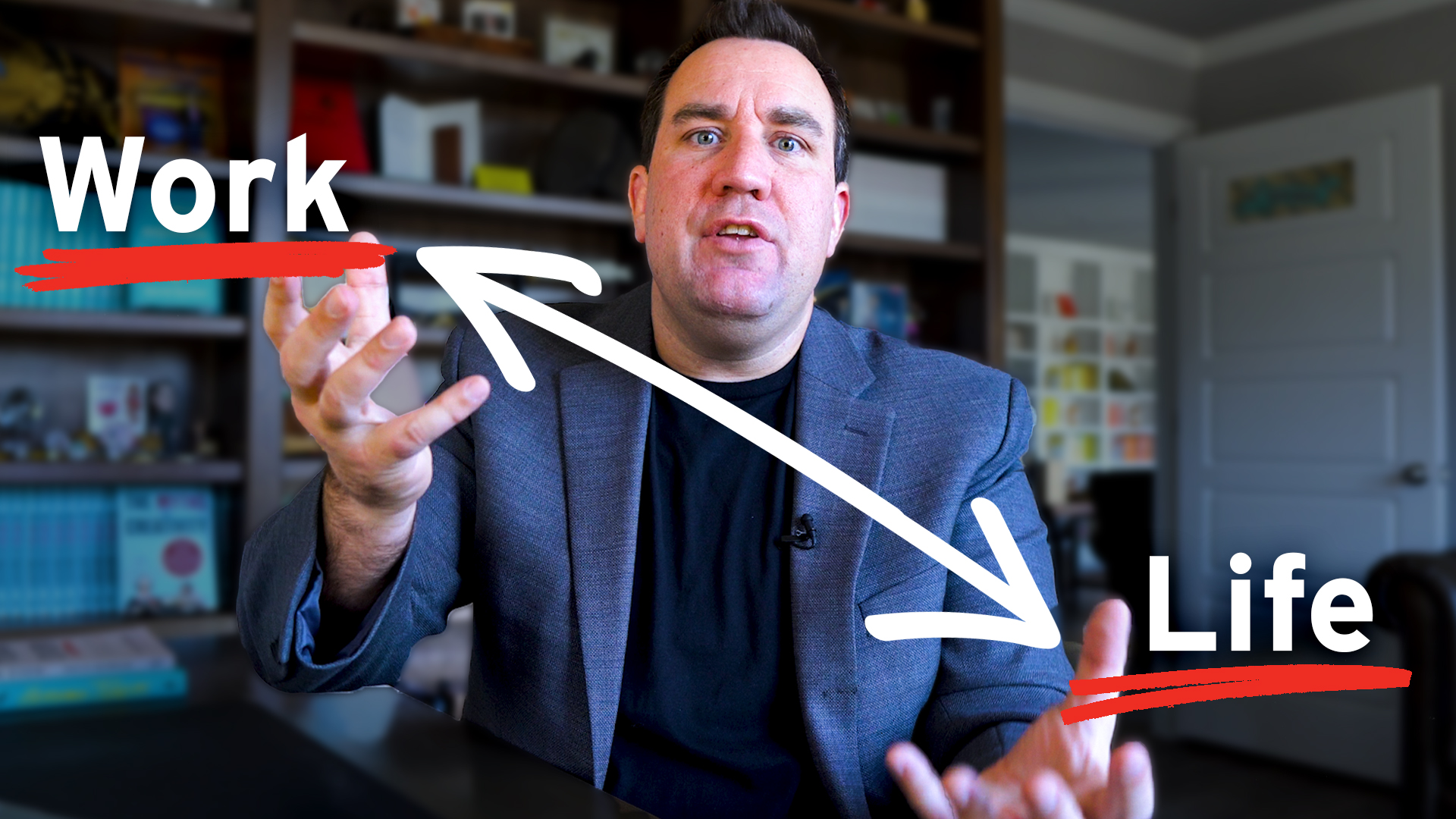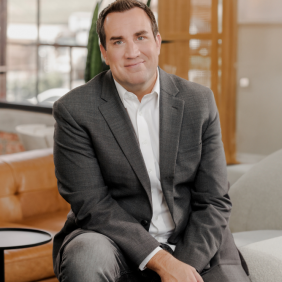
Work-life balance sounds great in theory. A clean separation between work and personal life. Dedicated time for each, neatly divided so one doesn’t interfere with the other. Keep them balanced, and everything stays manageable.
That’s the idea, right?
Except in the real world, work-life balance doesn’t work. And deep down, you already know this. Work and life aren’t two separate spheres. They’re intertwined. And trying to force them apart might actually be making things worse.
But that doesn’t mean your job should consume your life, or that personal commitments have to take a backseat. It just means we need a better way to think about work and life—one that actually reflects how we live and work today.
Why Work-Life Balance Doesn’t Work
For years, the advice around work-life balance was simple: set boundaries. Don’t check work email after dinner. Don’t take personal calls at work. Keep work and life separate, and everything will feel more manageable. Then 2020 happened. Home offices replaced workplaces. Work calls happened with kids and pets in the background. The clean lines between work and life blurred beyond recognition.
But here’s the thing: the problem wasn’t that we didn’t have enough boundaries. The problem was that boundaries weren’t the solution. Even before 2020, research from Human Relations showed that strict separation between work and life may actually create more stress, not less. The study identified two types of people: segmenters, who tried to keep work and life completely separate, and integrators, who saw work and life as interconnected and switched between them fluidly.
Surprisingly, integrators felt less stressed and more productive. They were better at handling interruptions, adapting to shifting priorities, and maintaining energy levels throughout the day. The reason? Switching between work and personal life is like a muscle. The more you practice it, the easier it gets. And when you get better at shifting modes, you spend less time fighting against reality and more time getting things done.
Stop Thinking of Work-Life Balance Like a Seesaw
The biggest problem with the work-life balance myth is that it assumes work and life are opposites—that more work automatically means less life, and vice versa. But life doesn’t work like a seesaw. No one stays up in the air for eight uninterrupted hours and then drops back down into personal time.
Instead of trying to separate work and life, think of them like ingredients in a recipe. The goal isn’t to keep them apart—it’s to blend them together in a way that works for you. This might mean taking a personal call during work hours or sending a few emails after the kids go to bed. It might mean blocking out an afternoon for deep work, free of meetings or interruptions, and then stepping away to recharge before picking up where you left off.
The goal isn’t to be available 24/7. It’s to be flexible enough to get things done without burning yourself out. And that flexibility looks different for everyone. Some people are fine taking work calls after 5 p.m. on certain days, while others need to cut out early for personal responsibilities and pick up work later. The key is autonomy—giving people the freedom to figure out what works best for them, while still staying accountable to the team.
How to Ditch Work-Life Balance and Make Work Work for You
If work-life balance is a myth, what actually works? The first step is redefining boundaries as flexibility, not separation. Boundaries still matter, but not in the rigid way we’ve been told. Instead of treating them like walls between work and life, think of them as guidelines for flexibility. If you need to handle personal responsibilities during the day, that’s fine—just make time to catch up later. If you’re answering emails after hours, make it clear you don’t expect an immediate response. If your team needs different schedules to be productive, trust them to structure their work in a way that makes sense.
Great leaders model this too. If you work late, clarify that you don’t expect your team to. If you take calls during personal time, make sure your team knows they don’t have to. The key isn’t enforcing strict rules. It’s creating a culture of trust, flexibility, and autonomy.
The second step is using rituals to signal work-life transitions. If work and life are going to blend, you need a system to switch between them smoothly. A study from Arizona State University found that small, intentional habits help signal to your brain that it’s time to shift modes. Some people take a walk after work to mentally reset before transitioning into family time. Others start their workday by writing a to-do list, creating a clear separation between personal time and professional focus.
The third step is focusing on outcomes, not hours. One of the biggest shifts in today’s workplace is recognizing that work isn’t about clocking in for eight hours—it’s about getting things done. Yet too many organizations still operate like the 9-to-5 grind is sacred. They expect people to be “on” during fixed hours, even though productivity doesn’t happen on a fixed schedule.
The best leaders recognize this and focus on outcomes, not hours. Some weeks, people might get everything done in 30 hours. Other weeks, they might need 50 hours. What matters isn’t tracking time—it’s trusting that the work gets done. When you let go of the outdated idea that productivity only happens within rigid time blocks, you create space for people to work in a way that actually works for them.
The Future of Work-Life Balance Is Choice
Work-life balance is a myth. The future of work isn’t about separating work and life—it’s about designing work to fit life. It’s about flexibility—allowing people to integrate work and personal life in a way that reduces stress. It’s about autonomy—giving people control over their schedules instead of enforcing one-size-fits-all policies. It’s about trust—measuring people by their results, not their office hours.
Let go of the myth of balance. Focus on building a system that works for you—one that lets you do great work while still living a great life. Because real balance isn’t about keeping things separate. It’s about making them work together.

About the author
David Burkus is an organizational psychologist, keynote speaker, and bestselling author of five books on leadership and teamwork.